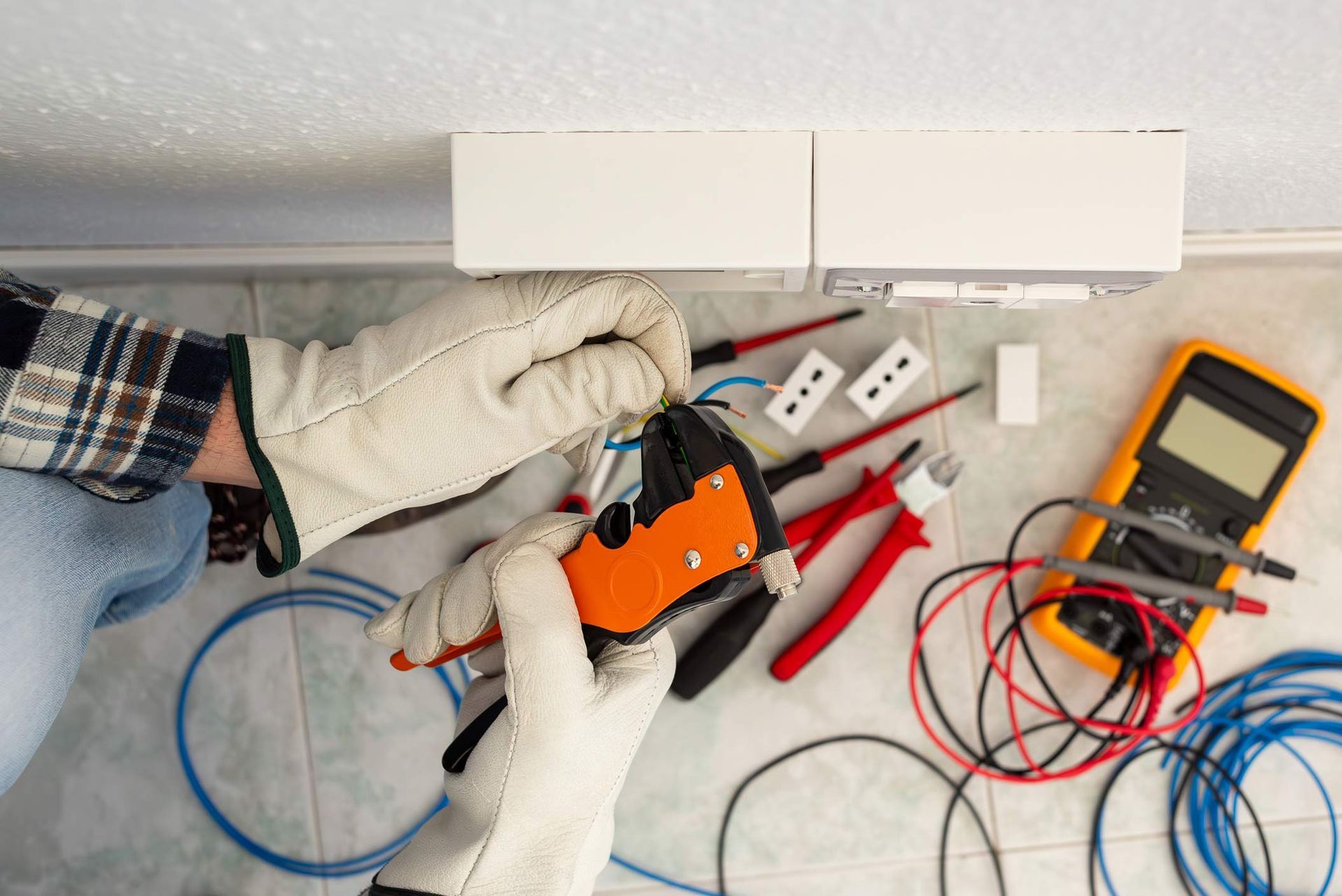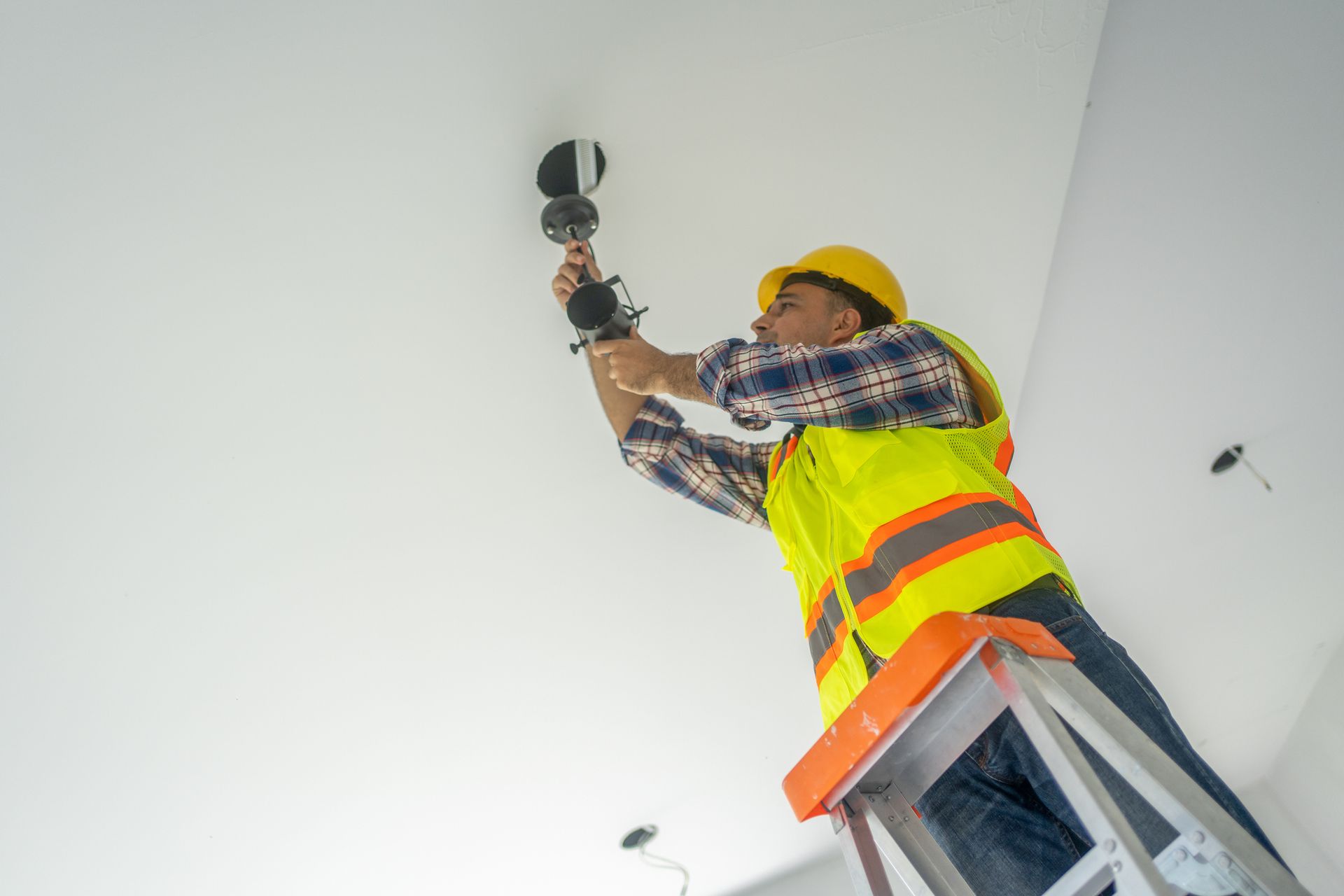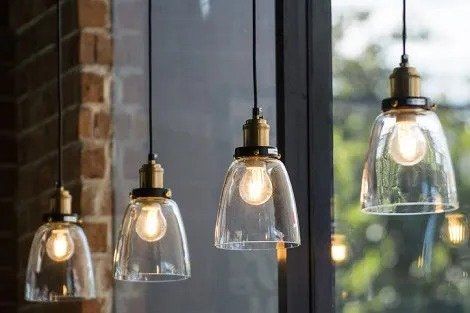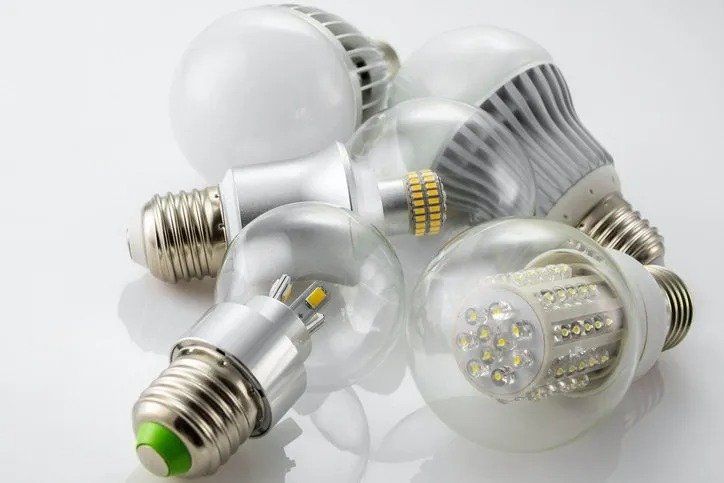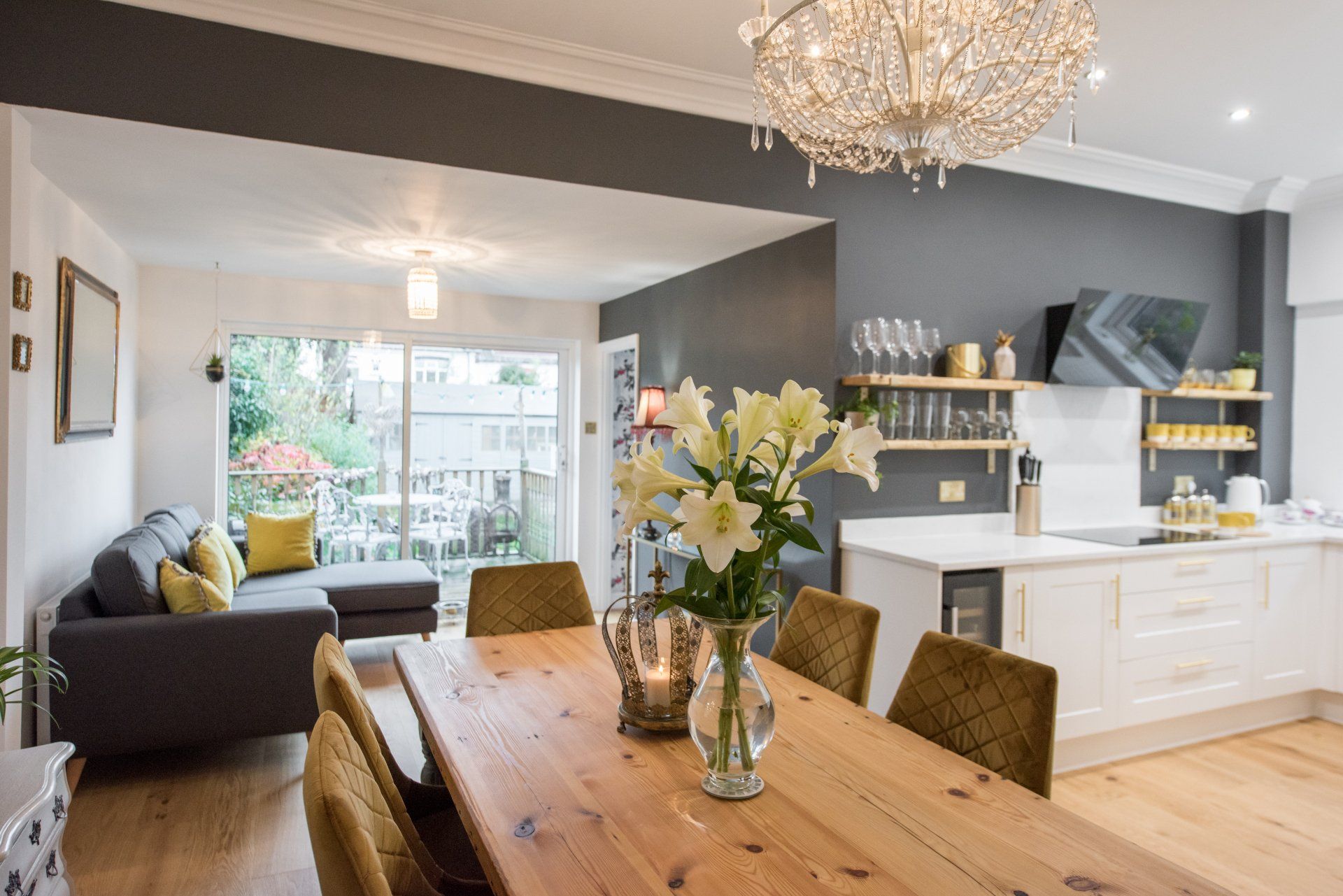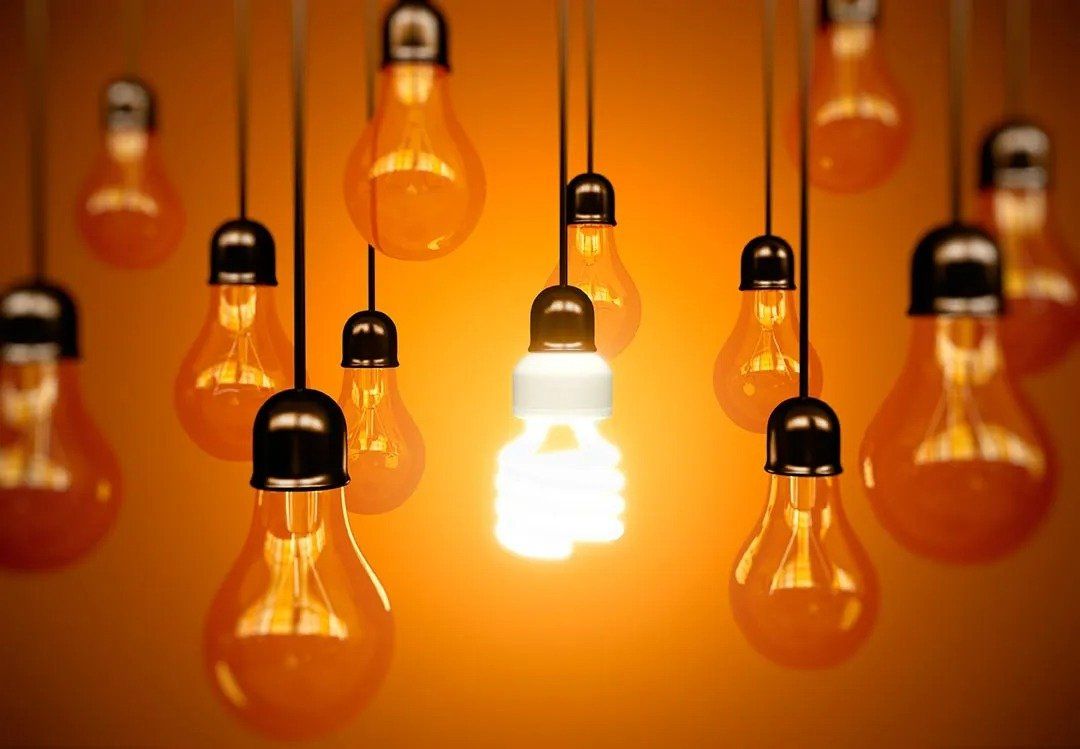4 MAJOR ADVANTAGES OF CONVERTING TO LED LIGHTING
Admin • October 1, 2017
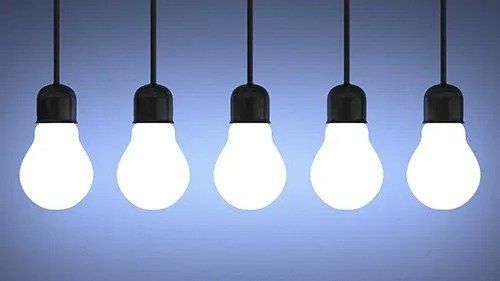
The future of lighting is here. Light-emitting diodes (LEDs) are changing the landscape of residential and commercial lighting, and there is a good reason for this revolution in lighting technology.
There are numerous advantages offered by LED lighting when compared to traditional incandescent and fluorescent lighting. Below are four of the most important advantages and why you should consider upgrading to LED lights in your home or business.
High Energy Efficiency
One of the biggest advantages offered by LED lighting is its incredible energy efficiency. LED light bulbs use only a quarter of the electricity consumed by a comparable incandescent bulb. This is directly related to a tremendous cost savings for electricity users; in fact, around thirty billion dollars in energy costs per year can be saved solely because of LED lighting.
Long Equipment Life
Another huge advantage of LED lighting is its usable lifespan. With no filaments or other consumable parts, LED lights can provide tens of thousands of hours of illumination. This is also a big cost savings for consumers, as bulbs can be expected to last for many years.
In addition to the cost savings provided by not having to regularly replace burned-out bulbs, the fact that LED lighting is a lifetime investment also reduces maintenance headaches for home and business owners alike. The days of climbing ladders and keeping stacks of bulbs on hand are over if you use LED lighting.
Tremendous Flexibility
LED lighting is a flexible technology and can be adapted to almost any situation. This flexibility makes LED lights a much more appropriate choice for a variety of lighting scenarios.
For example, LED elements can be combined to create an infinite spectrum of colors. This is a huge advantage for situations where color lighting is used for decorative or functional purposes. The change in colors can be made instantaneously and is under the full control of users.
In addition, LED lighting has a small physical footprint, and this makes it suitable for use in a wide variety of locations. The tiny elements can be placed in areas that would've been previously difficult or impossible to equip with lighting.
For example, narrow gaps in various areas of the home, such as between the underside of the counter and cabinets, can be illuminated to provide stunning visual effects. Other applications for the small LED components include microelectronics and illuminated displays that provide a more intimate feel for viewers.
Reduced Heat Emissions
The fact that LED lighting is so incredibly energy efficient is directly related to this next advantage: low heat emission levels. Since LEDs convert nearly all of their electrical energy input to light energy, there is very little heat emitted by the components. In comparison, traditional incandescent bulbs waste about 90% of their electrical energy as heat output.
Lower heat levels provide several secondary benefits of LED lighting. These benefits include increased safety by reducing the risk of fire; for example, holiday LED lighting is much less likely to cause fires, since it doesn't heat up potentially flammable decorations.
In addition, the reduced heat emissions of LED lighting also helps lower energy costs even further for spaces that need to be kept cool. Homeowners and businesses can curtail costly air conditioning usage when they don't need to "fight" against the warming effects caused by lighting.
If you have questions about LED lighting or saving money on your energy bills, be sure to contact Langer Electric Co.
for help. Their team of professionals understand how to install and service all types of lighting technology, including LEDs, and can equip your home with the latest in energy-saving devices.

